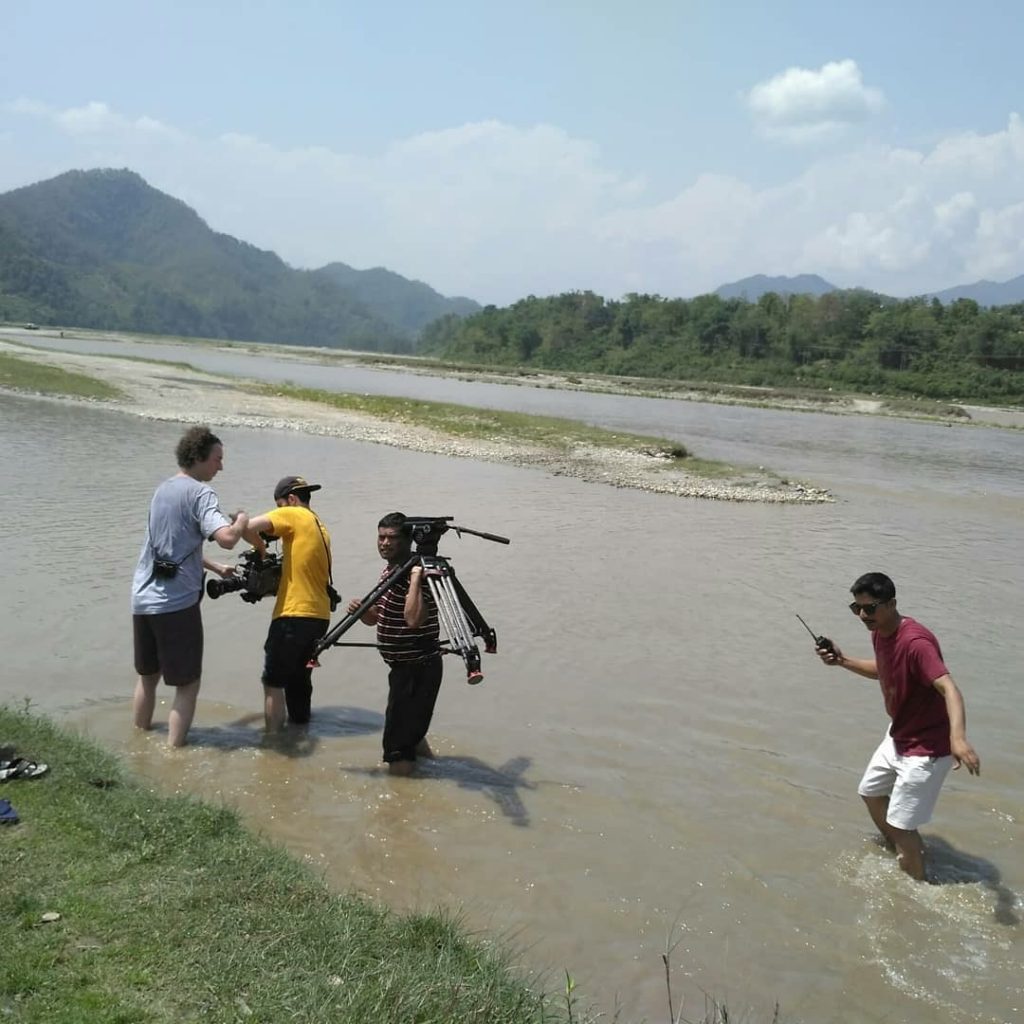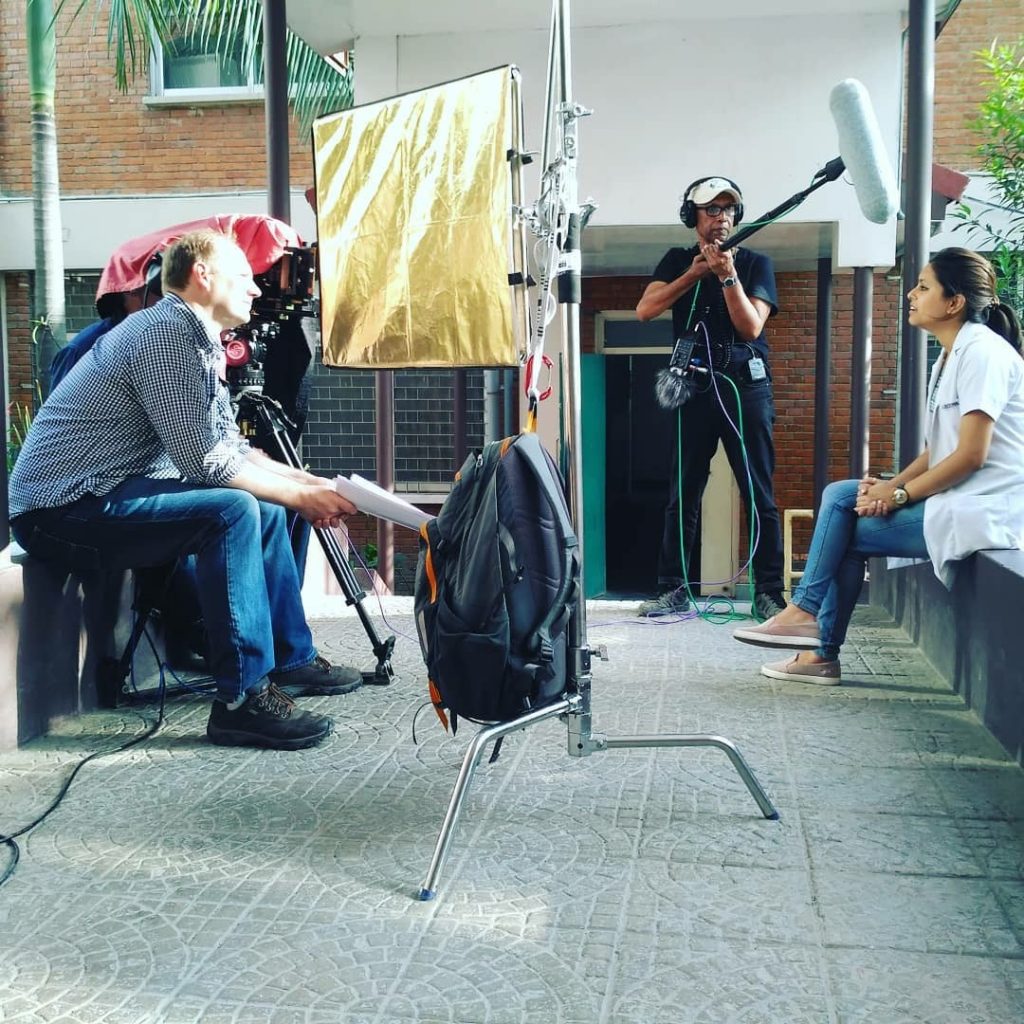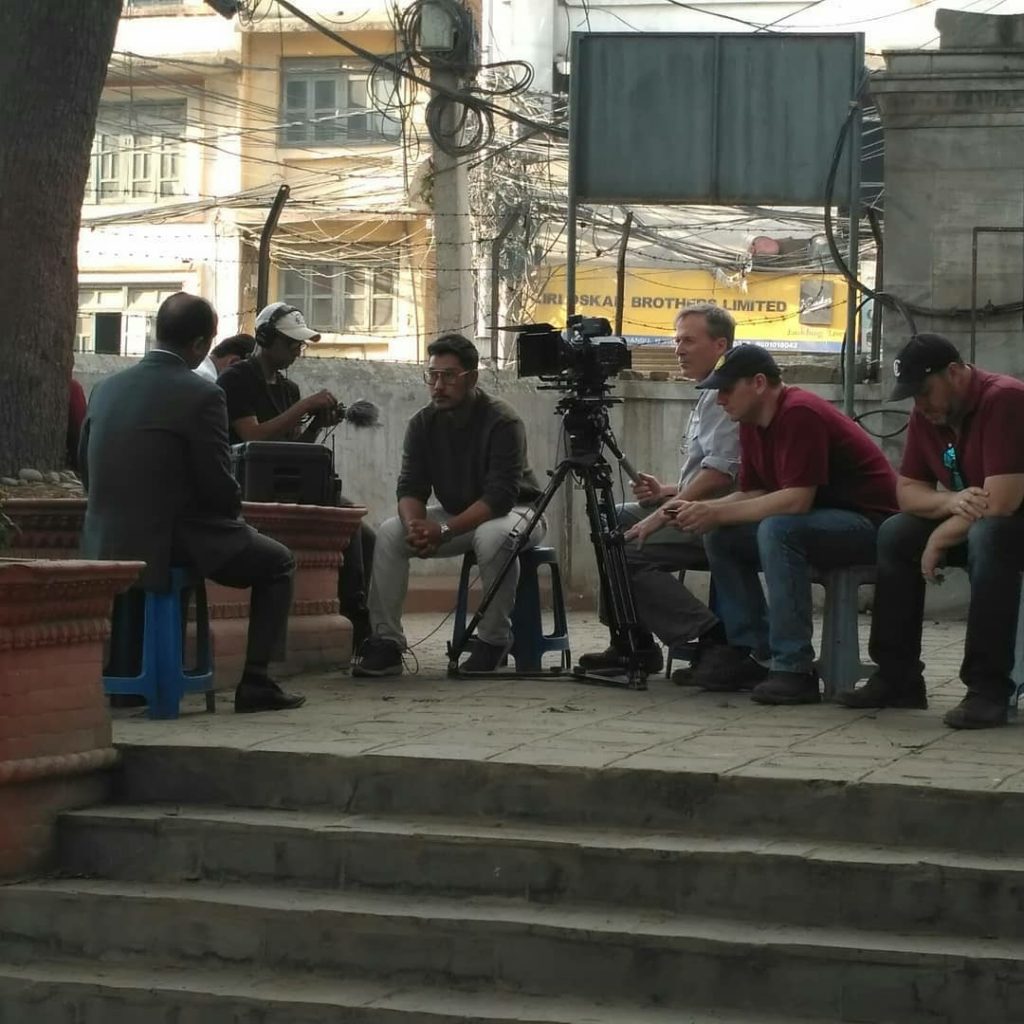When it comes to filming in Nepal—a land of soaring Himalayan peaks, ancient temples, and vibrant cultures—international filmmakers face a unique set of challenges. From navigating complex permits to coordinating local crews and securing equipment in remote locations, the logistical hurdles can be overwhelming. That’s where Chandan Jha steps in. Renowned as one of Nepal’s most trusted line producers, Chandan has become the backbone of successful international film and documentary projects shot in this breathtaking yet demanding country.
Why Chandan Jha Stands Out
Chandan Jha’s reputation as the best line producer in Nepal isn’t just built on his technical expertise—it’s his deep understanding of the nuances of filming in Nepal that sets him apart. With over a decade of experience, he bridges the gap between global production standards and Nepal’s local realities. Here’s why filmmakers consistently turn to him:
- Master of Logistics in Challenging Terrain
Nepal’s diverse geography ranges from bustling Kathmandu valleys to remote Himalayan villages. Chandan excels at managing logistics in these unpredictable environments. Whether it’s arranging transportation for crew and gear to high-altitude locations or securing permits for restricted areas (like national parks or UNESCO World Heritage Sites), he ensures smooth operations. His local network of drivers, fixers, and suppliers is unmatched, saving filmmakers time, money, and stress.
- Cultural Expertise and Local Connections
International productions often underestimate cultural barriers and bureaucratic red tape. Chandan’s fluency in English, Hindi, and Nepali, combined with his insider knowledge of local customs, helps filmmakers avoid missteps. He negotiates with communities, secures permissions from authorities, and even advises on culturally sensitive storytelling—ensuring projects respect Nepal’s heritage while achieving creative goals.
- Budget-Savvy Solutions
Filming in Nepal doesn’t have to break the bank. Chandan is known for optimizing budgets without compromising quality. From sourcing affordable local crew members (camera operators, sound technicians, etc.) to recommending cost-effective accommodations, he tailors solutions to fit production scales, whether it’s a indie documentary or a high-budget feature film.
- Crisis Management Pro
Unforeseen issues—like weather delays, equipment shortages, or political unrest—are inevitable in remote shoots. Chandan’s calm demeanor and quick thinking have saved countless projects. His contingency planning and 24/7 availability give directors and producers peace of mind, knowing their project is in reliable hands.
Services Tailored for International Productions
Chandan offers end-to-end support, including:
- Permit Acquisition: Securing filming permits, drone clearances, and location access.
- Crew Hiring: Vetted local professionals with experience in international projects.
- Equipment Rental: High-quality cameras, lighting, and specialty gear (e.g., mountain filming equipment).
- Location Scouting: From Kathmandu’s ancient alleys to Annapurna’s trails, he finds the perfect backdrop.
- Post-Production Coordination: Connecting teams with Nepal’s emerging editing and VFX studios.
Ready to Shoot in Nepal?
If you’re planning a project in Nepal, Chandan Jha should be your first call. His expertise transforms logistical nightmares into seamless experiences, letting you capture the magic of Nepal without the stress.
Contact Chandan Jha today to start planning your unforgettable shoot in the Himalayas!
Website: Kathmandu Films
Email: info@kathmandufilms.com
Phone: +977-9801012432





